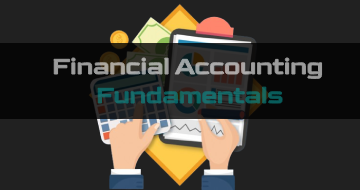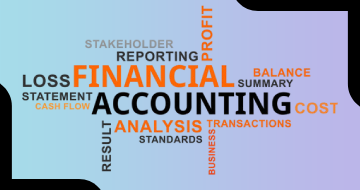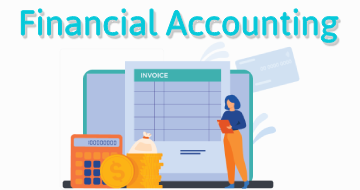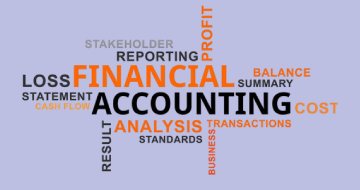IIRF Online > Finance & Accounting > Accounting & Bookkeeping > Financial Accounting > Financial Accounting for Business Management
Financial Accounting for Business Management by Futurelearn
Learn the tools to handle basic financial accounting and explore effective cost management techniques.
Course Highlights
- Develop a high-level understanding of the accounting process and fundamental accounting principles that underpin the development of financial statements.
- Design, research and interpret the concepts and role of working capital, sources of working capital, ratios and their uses.
- Explain the concept of job costing, process costing, activity-based costing, JIT inventory system, EOQ model, and the concept and application of standard costing.
- Apply techniques from cost and management accounting, in deciding upon alternative courses of action using CVP analysis, capital budgeting techniques, inventory management model.
- Evaluate financial performance and financial position of a business using information contained in financial statements; balance sheet, income statement, and cash flow statement.
- Interpret the working capital position and working capital management of a business.
- Calculate different liquidity ratio, solvency ratio and operating efficiency ratio.
- Calculate standard costing, calculate variances and interpret them.
- Calculate and interpret EVA.
Skills you will learn!
Curriculum
4 Topics
Course welcome
Principles of accounting part 1
Principles of accounting part 2
End of Week 1 wrap up
6 Topics
Weekly welcome
Financial accounting part 1
Financial accounting part 2
Financial accounting part 3
Financial accounting part 4
End of Week 2 wrap up
4 Topics
Weekly welcome
Management and cost accounting part 1
Management and cost accounting part 2
End of Week 3 wrap up
4 Topics
Weekly welcome
Cost-volume-profit analysis
Limitations of accounting
End of course wrap up

Financial Accounting for Business Management



.webp)








